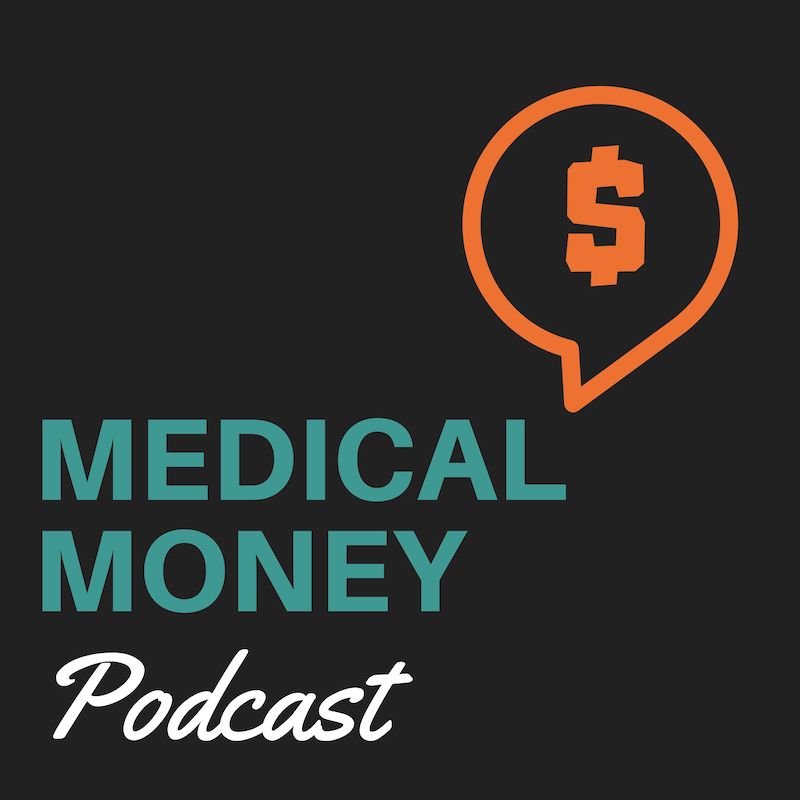This post may contain affiliate links. Please read my disclaimer for more info.

When our hustles aren’t doing so well, it might just be related to our OFFER.
Making money is a simple equation. We present our offer to the market, a customer agrees, pays us money and everybody is happy. The big question is how do we increase the likelihood of our offer being accepted?
Whether you’re freelancing, selling goods at the local market or onboarding users to your new app, use these 5 Ps to help guide those customer dollars into your bank account.
-
Problem
-
Promise
-
Pitch
-
Price
-
Pathway

Problem
What’s the first step in diagnosis? It’s identifying the presenting compliant. Before we can help our patients we need to diagnose the condition that they want to be solved. Side hustles are no different- we are just replacing “patient” with “customer” and “condition” with “problem”.
People pay to have their problems solved. The bigger the problem, the more they’re willing to pay. In medicine we’re paid well for treating disease because health is valued- each of us has only one body.
Let’s examine some everyday examples of problems that businesses solve:
-
No time to make dinner- Uber Eats, Deliveroo, FoodPanda
-
Want to say I’ve made it- Lamborghini, Ferrari
-
Need to learn how to make a website- Skillshare, Udemy
By getting to really understand the fears, frustrations, hopes and dreams of our customers we can better diagnose and solve their problems.
What problem are you solving?

Promise
What do customers expect when they do business with us?
When a customer buys a product or service there is an implied expectation that it will be delivered in a timely manner or give them a specific result.
You’d be pretty annoyed if your eBay item took a year to arrive and you’d probably be annoyed if a $50 deluxe burger at a fancy diner tasted like a McDonald’s quarter pounder.
Commodity businesses produce products or services that can’t be differentiated. Petrol is petrol, water is water, electricity is electricity no matter which supplier you use.
There are many ways we can separate our product from the others. one way is to include weaving in our unique story or our personal mission for why we do what we do. Another way is to promise something that our competitors don’t.
Here are some big business promises:
-
Domino’s- your pizza delivered in 30 minutes or its free
-
Amazon Prime- free delivery within 2 days
-
Tom’s Shoes- buy a pair of shoes for yourself and we’ll give a pair to a child in need
The best promises are those that are compelling, authentic and measurable.
Reducing risk with a guarantee or adding a feel good element are two simple promises you could integrate.
Can you make a promise that makes you stand out from the crowd?

Pitch
We understand their problem, truly believe that we have a solution, now its time to INSPIRE them to take action and do business with us.
It’s said that 95% of buying decisions are based on emotion. This works best when we connect with the emotional and logical parts of the brain.
We can do this by highlighting the benefits of our product and then showing the features that lead to these benefits.
Benefits are emotional, features are practical. As doctors we are often guilty of focusing too much on the logical left brain solutions and need to focus more on the emotional aspect of decision making.
In his famous book Influence: The Psychology of Persuasion, Robert Cialdini explains six factors that influence the human decision making process.
-
Reciprocity- we will return a favour
-
Commitment & Consistency- we seek to avoid inconsistencies in our behaviour and cognitive dissonance.
-
Social Proof- we like to see testimonials of others getting the results we are after
-
Authority- we are more likely to believe the recommendation of someone we think is important
-
Liking- we are more likely to do business with someone we know, like and trust
-
Scarcity- we’ll move to take action faster if we think time is running out
How can you integrate these influence elements into your pitch?

Price
How much will you charge for your product or service?
Here are some ways to figure out your price tag:
-
Time Value: If you are freelancing you need to make your time worthwhile. Is your knowledge, skills and expertise worth $15 or $15,000 an hour?
-
Cost Plus: If you are selling a product you might calculate your sale price based on a your cost price plus a markup for profit. This could be 10%, 1,000% or more.
-
Competitor Pricing: You can go at market, price at a premium by offering additional benefits or offer a discount to get volume.
-
Value You Deliver: If you save your customer thousands of dollars- if you charge a fraction of this then why wouldn’t they proceed.
-
Your Capacity: By charging a higher price you can do less work for the same amount of income. You may also select a better type of customer at a higher price point.
How have you calculated your price? Should you go higher to make more money while doing less?

Pathway
This is the call to action where we walk our customer one step closer to payment.
It’s easy to get so caught up in our features, benefits and pitch that we forget to have an obvious way for our customers to give us their money.
Some hustles demand an immediate action to purchase- for online product sales its the “buy now” button.
For a blog there might be a longer funnel with small action steps on the journey to purchase. Typically a newsletter or freebie opt-in that eventually leads to promoted products or subscriptions. If you’re a freelancing consultant the next step from your pitch could be to “book a 15 minute call” or “register today” for your webinar.
What is your customer’s pathway to payment?
There you have it- my 5 Ps of any side hustle offer. Try running your hustle through each of the questions to see if you need to add or refine your customer offer.
As always, share your insights and comments below.


